
When the country has faced a crisis in the past, it’s the small things that have helped bring people together.
Not long after the United States entered World War II, the federal government began rationing food domestically to ensure soldiers fighting overseas had enough.
By March of 1943, Americans on the homefront needed government-issued food coupons to buy everything from sugar to coffee to meats and cheeses.
As a matter of necessity and a morale booster for a country still shaken by Pearl Harbor, the country turned to Victory Gardens, small fruit and vegetable gardens first started in World War I.
By mid April. 1943, as shown in this Washington Post brief, the Hyattsville Horticulture Society announced that it would cancel its flower show to “devote virtually all its time to victory gardens,” starting with a roundtable discussion at the First Methodist Church.
As the federal government gave out millions of pamphlets explaining techniques like succession planting, experts like Dr. Charles Mahoney of the University of Maryland, who specialized in wartime gardens, gave lectures around the state.
Business also got involved. One ad in the Washington Post for Agrico’s “Victory Garden Fertilizer” noted that it would “get extra yields” and “tastier vegetables.” The stores listed below included the Hyattsville Hardware Co., located where Franklins is today.
The gardens weren’t just small-time hobbies. By 1943, the assistant director of the University of Maryland Extension Service estimated that 91 percent of rural Marylanders and 69 percent of residents in urban areas were growing victory gardens.
The state even set up community canning centers in each county so that residents could store food for the winter. In Prince George’s County, community gardens were even set up for people who didn’t have enough land to grow their own.
In 1944, the estimated 20 million victory gardens produced the equivalent of 40 percent of all the fresh fruits and vegetables consumed in the United States.
We’ll be posting another story soon on how to set up your own garden to make the most of social distancing and isolation, with tips from area gardeners, so be sure to check back.













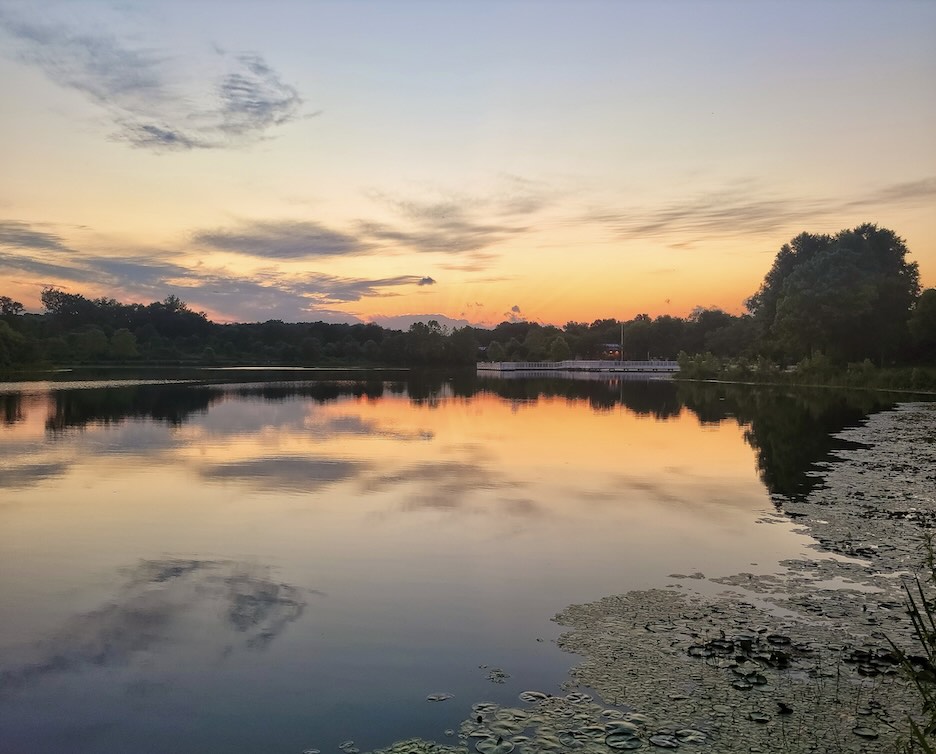
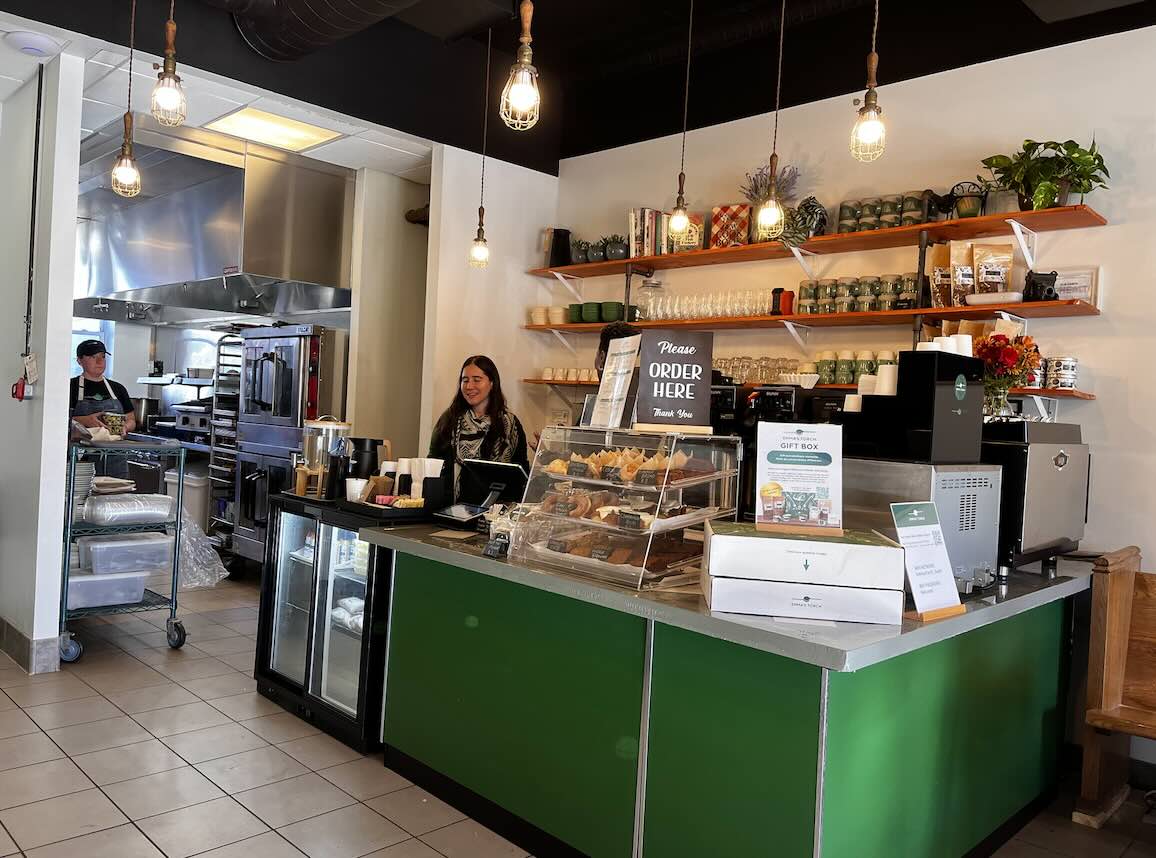
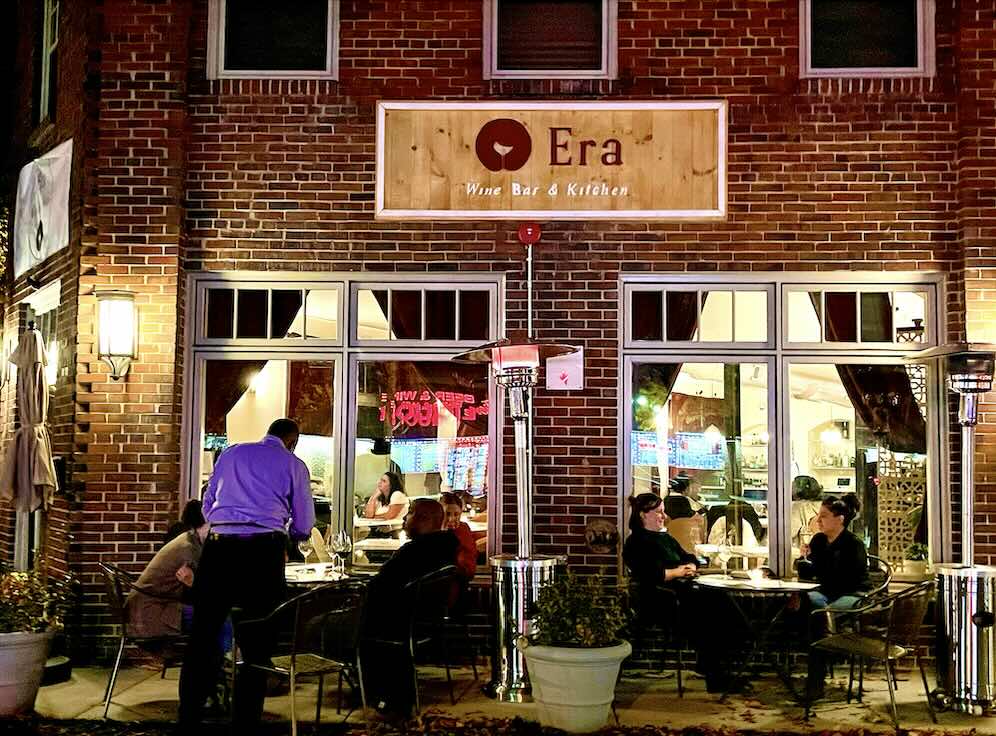
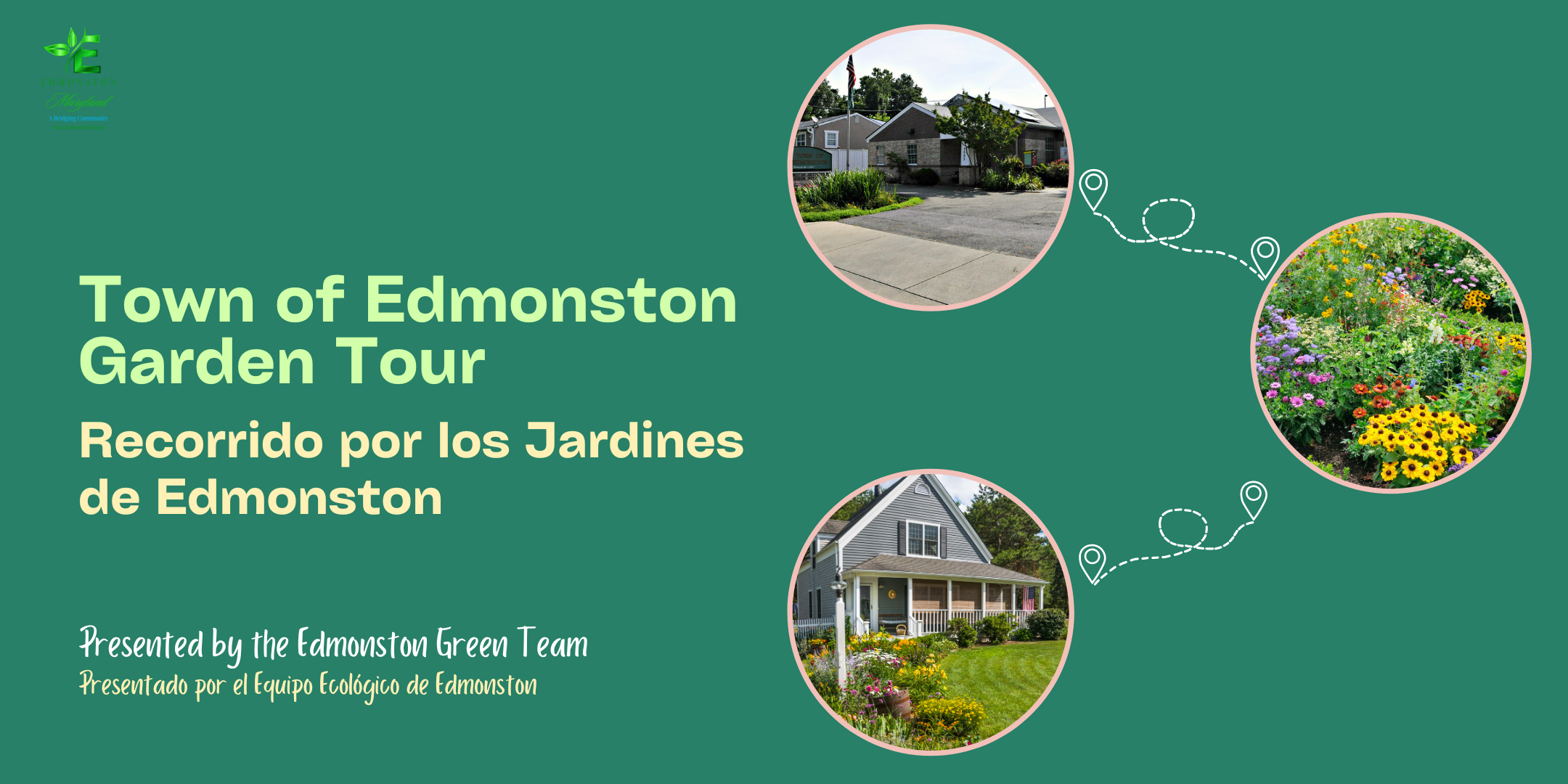

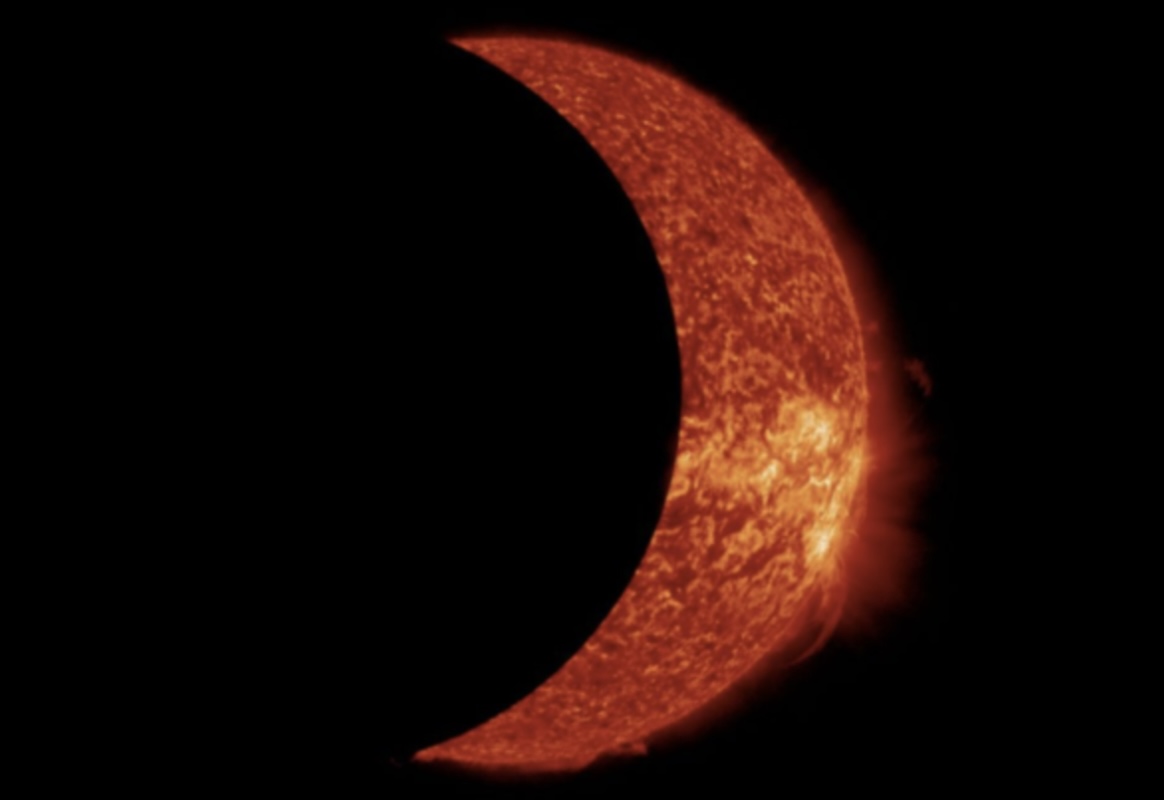
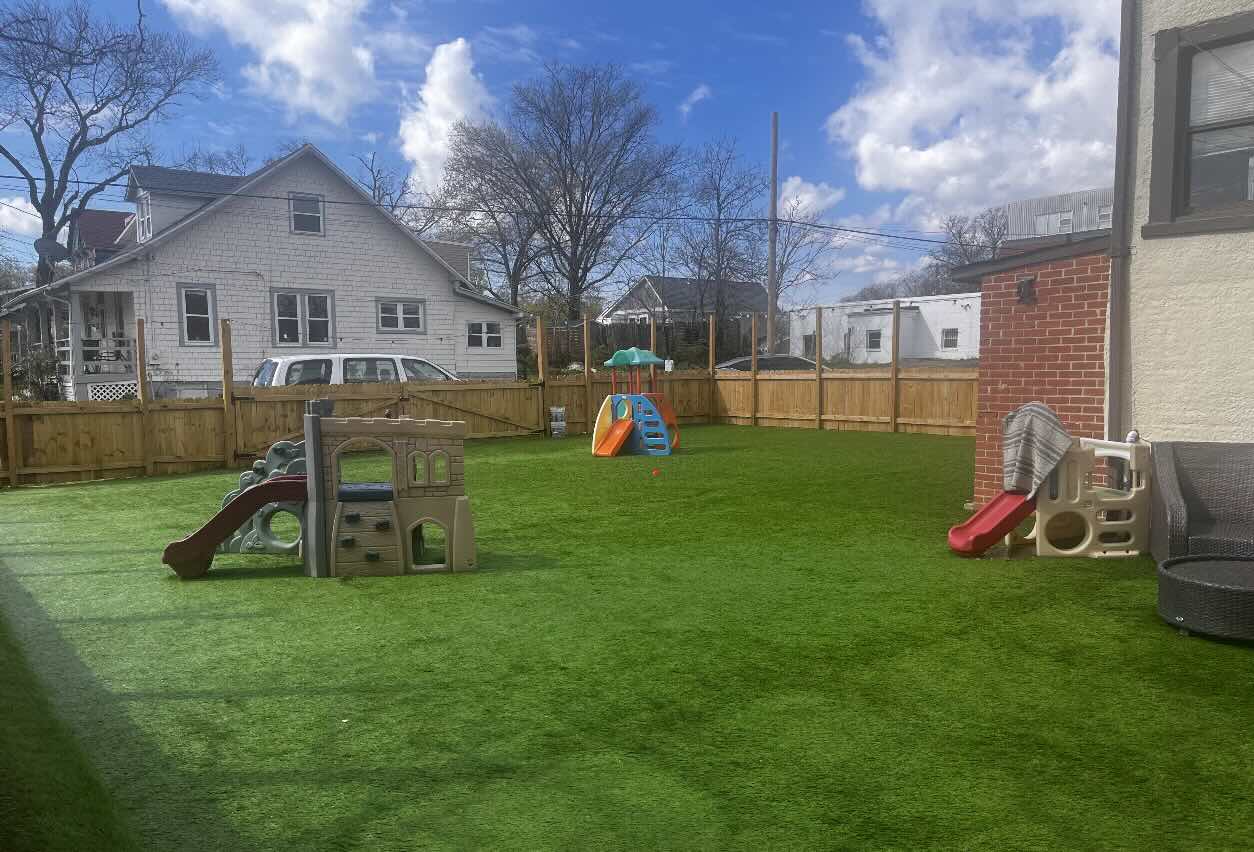
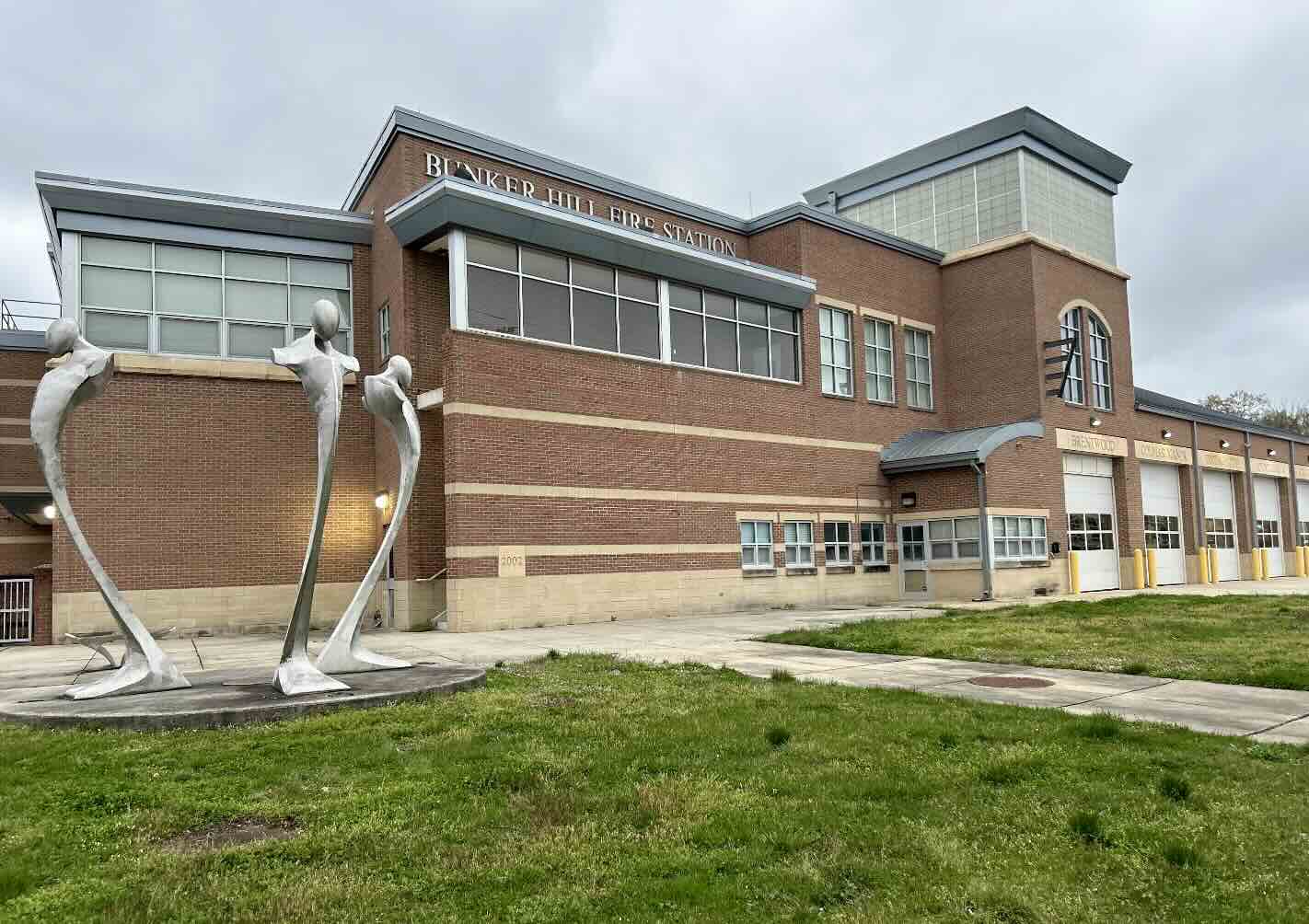
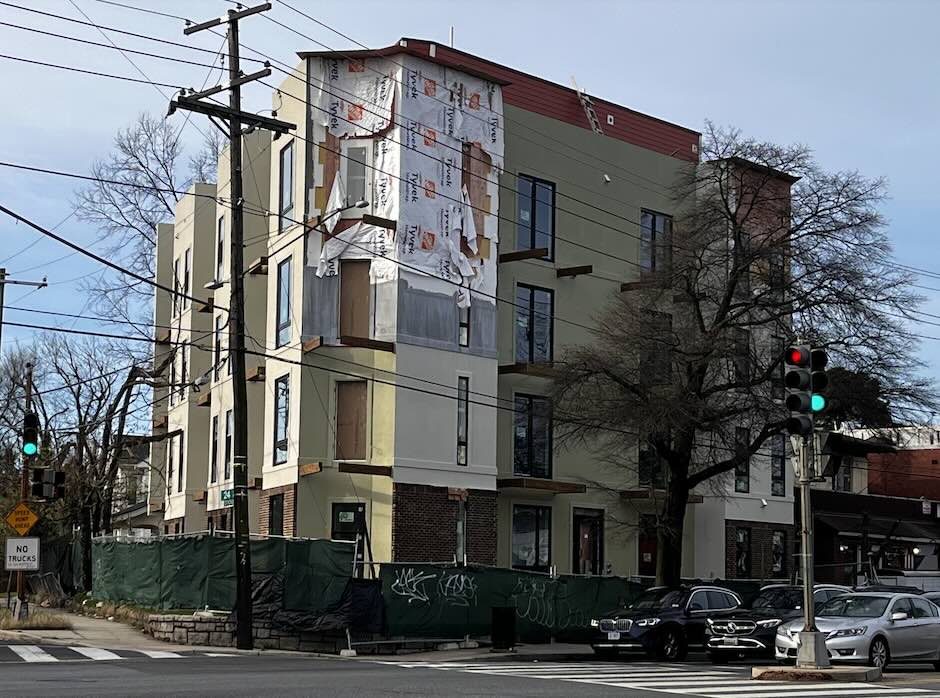



1 Response to When Route 1 Communities Planted Victory Gardens